All spine surgeries have two primary goals — first, to remove pressure from the nerve roots and spinal cord; second, to stabilize the neck. Likewise, posterior cervical laminectomy and fusion also aims to decompress the nerve roots and spinal canal and subsequently stabilize the neck, allowing patients to regain complete neck mobility.
Dr. Brian McHugh is a board-certified neurological surgeon specializing in the latest minimally invasive spine surgeries, including posterior cervical laminectomy and fusion. However, he only recommends surgery after trying a series of non-invasive treatments, including corticosteroid injections, medications, and physical therapy.




